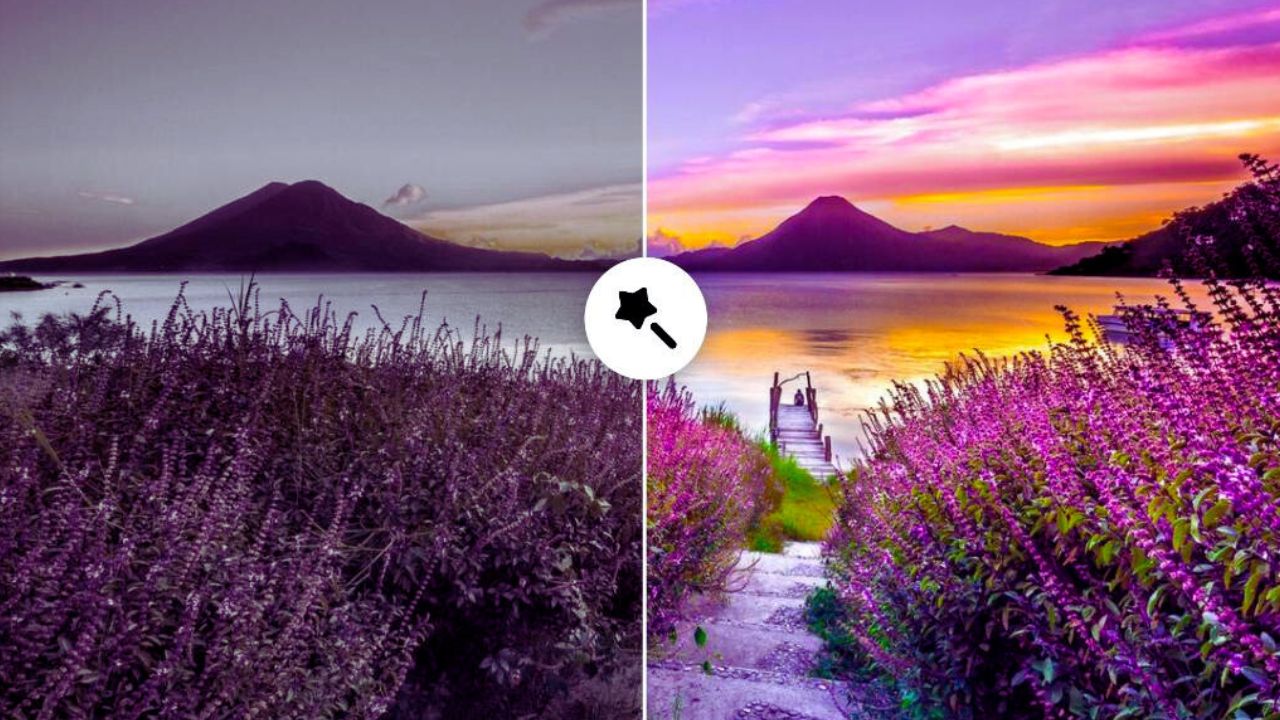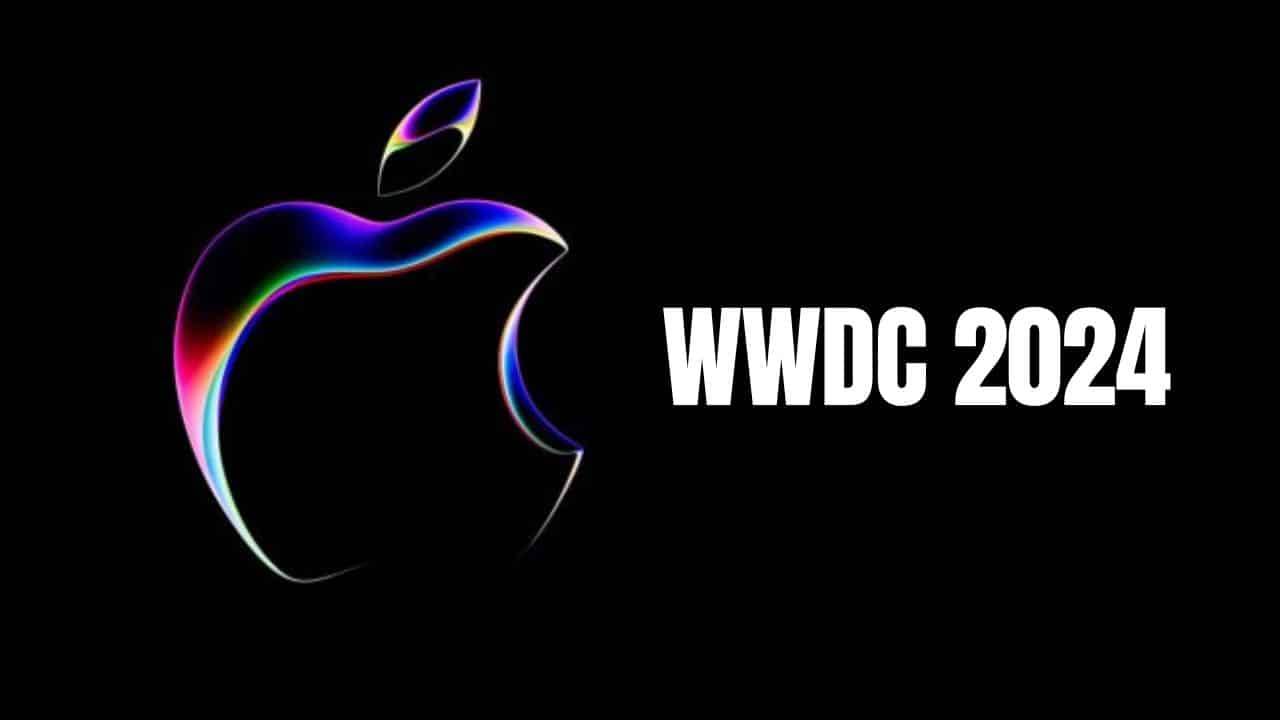Listen to the Podcast:
Photography has changed dramatically in the last 30 years thanks to technological advancements, making it more accessible and widespread. According to FrameShot Portrait Photography, one of the most significant changes has been the shift from film to digital cameras, which has revolutionized the way photographers take and edit pictures.
The digital revolution
Digital cameras now offer much higher resolution than their film counterparts, enabling larger prints without losing quality. Instant feedback allows photographers to review their shots and make adjustments on the spot, eliminating the need to wait for the film to be developed.
Editing software like Photoshop and Lightroom allows photographers to adjust everything from colour balance to exposure to sharpness, making it possible to achieve more complex and sophisticated results.
The rise of social media
Social media platforms like Instagram and Flickr have made it easier than ever before for photographers to share their work with a broader audience, democratizing the art form and making it accessible to more people.
The rapid rise and development of smartphones with high-quality cameras have enabled anyone with a phone to take and share photos. This is changing the way people document their lives and share their experiences.
The good
These developments had positive and negative effects on photography in general.
- Instant Accessibility: Thanks to digital technology, photography is now more accessible than ever before. With just a smartphone, anyone can take and share photos, making it easier to capture and document life’s precious moments both privately and for business.
- Instant feedback: With digital cameras, photographers can review their shots immediately and make adjustments on the spot, resulting in better quality photos and less wasted time.
- Editing software: Unlike film, digital images can be edited in a variety of ways, enabling photographers to achieve more sophisticated and complex results.
- Wider audience: Social media platforms like Instagram and Facebook have made it easier for photographers to share their work with a wider audience, increasing exposure and potentially leading to more opportunities.
The bad
- Heavy oversaturation: With more and more people participating in photography, it can be and certainly will be challenging for photographers to stand out and get noticed. There is also a risk of oversaturation of the market, making it more difficult for photographers to find enough clients to make a living.
- Loss of quality: With the ease of digital photography, there is a risk of a decline in the quality of the art of photography. While anyone can take a photo, not everyone can create a true work of art that will stand the test of time.
- Strong dependence on technology: With digital photography, there is a greater dependence on digital technology, which can be costly to replace or repair. There is also a risk of losing valuable photos if devices are lost or damaged.
- Lack of true originality and inspiration: With editing software, there is a risk of photos looking overly edited and processed and lacking originality. There is also a risk of everyone’s photos looking the same due to the use of filters and presets.
What might the future bring?
Looking into the possible future, it’s likely that we will continue to see advancements in technology that make photography even more accessible and user-friendly. This could mean the arrival of more sophisticated editing software, better image sensors built into the cameras, and new types of camera hardware that enable photographers to capture images in new and innovative ways.
On top of that, we will certainly see a greater emphasis on sustainability and ethical practices within the photography industry. With concerns around climate change and social responsibility on the rise, there probably be a push for more and more eco-friendly practices when it comes to producing, using and recycling photographic equipment.
We should also keep an eye on the increasing intersection between photography and other forms of media, such as video, painting and virtual reality. As technology continues to ever evolve, it’s likely that photographers will start to incorporate these new possibilities into their work, creating entirely new and never before seen forms of visual storytelling.
Ultimately, the future of photography will depend on quite a wide range of factors, including technological advancements, cultural and even political shifts, and emerging trends within the industry. Of course, we can’t predict exactly what the future holds, but it’s safe to say that photography will continue to be exciting and it will certainly adapt to meet the changing needs, (and even surprise us) and demands of the world around us.




































